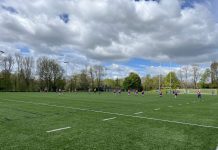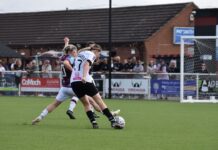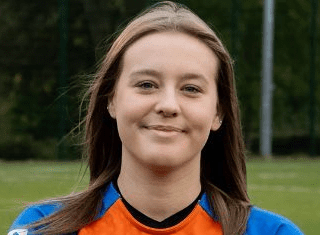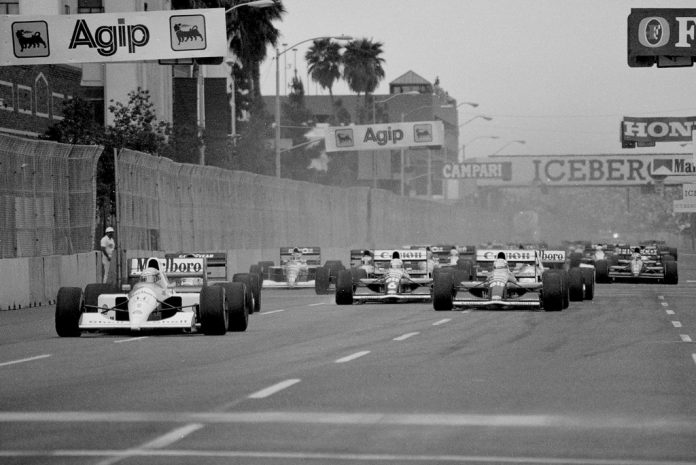
Formula 1 (F1) returned to America this weekend – for the first iteration of the Miami Grand Prix.
Despite the general notion that Formula 1 has never quite taken off in the USA, the racing series has a long and tumultuous history involving the United States.
A race from a different series, the Indianapolis 500 (you may have heard of it!), was included in the calendar for the inaugural F1 season all the way back in 1950 and allowed F1 drivers to compete in it.
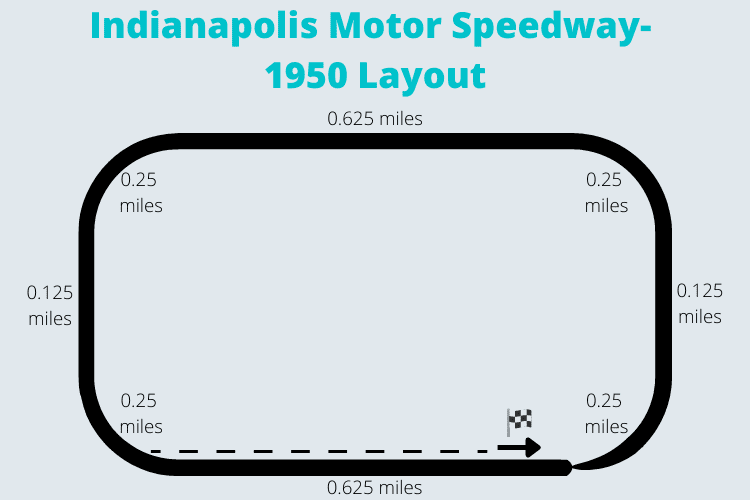
It remained on the calendar until 1960 but it was rare any Formula 1 drivers competed in such a unique race or any drivers competing in the Indy 500 ever raced in other F1 Grands Prix.
Since Indianapolis, 10 other venues have hosted an American Grand Prix, including Watkins Glen, Las Vegas and now the Circuit of the Americas.
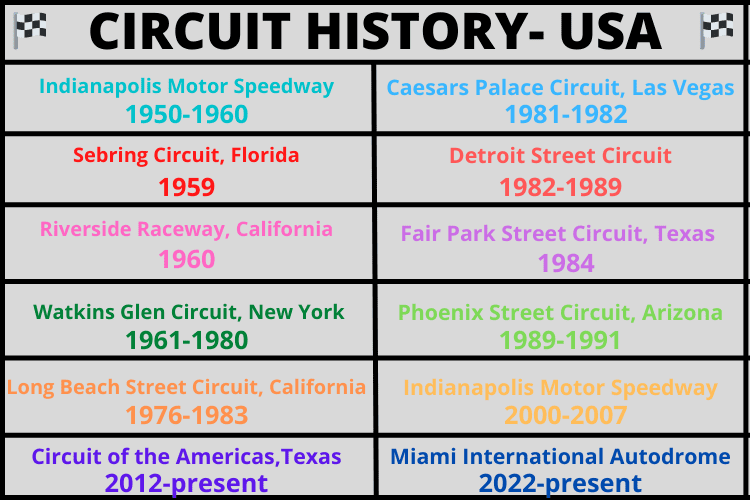
The first of these was held at Sebring Circuit in 1959, an airfield circuit located in Florida and saw one of the longest standing records in F1 history.
Bruce McLaren won the race aged just 22 which made him the youngest ever Grand Prix winner, a record which was eventually broken 44 years later by a 22-year-old Fernando Alonso in the 2003 Hungarian Grand Prix.
In 1960, the American Grand Prix moved to the Riverside Raceway, California, and Stirling Moss dominated the weekend, winning the race from pole position.
Both Sebring and Riverside proved unsuccessful commercially, with promoters barely breaking even due to a lack of interest in the Grands Prix.
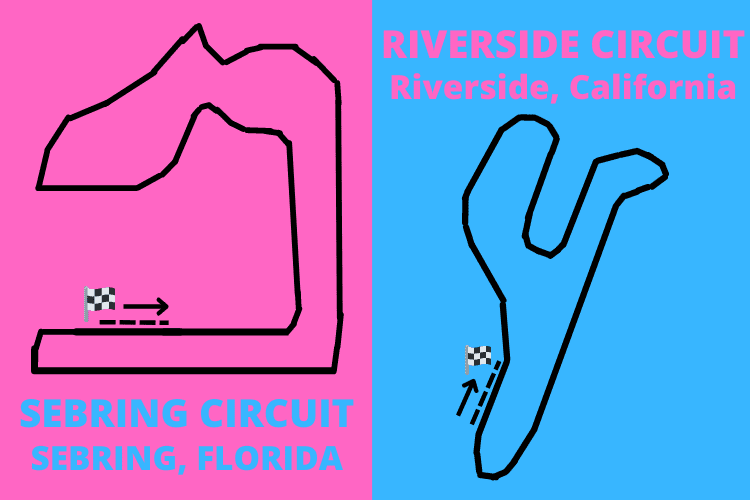
After the failures of the races at Indianapolis, Sebring and Riverside, the US Grand Prix was left without a host venue for 1961.
In stepped Cameron Argentsinger, the creator and executive director of Watkins Glen Circuit in New York.
Watkins Glen hosted the race between 1961 and 1980, with its 20-year stint making it the longest-running venue for the American Grand Prix.
The circuit was incredibly popular, with drivers and constructors as well as with fans – more than 60,000 people attended the first race there.
From 1961 to 1971, key events included Jochen Rindt winning his posthumous world drivers’ championship, Stirling Moss’ final GP and Emerson Fittipaldi’s first win in Formula 1.
The track was made longer for the 1971 Grand Prix, with a new segment nicknamed ‘The Boot’ which made Watkins Glen even more popular due to its longer, banked corners which required a higher level of driver skill.
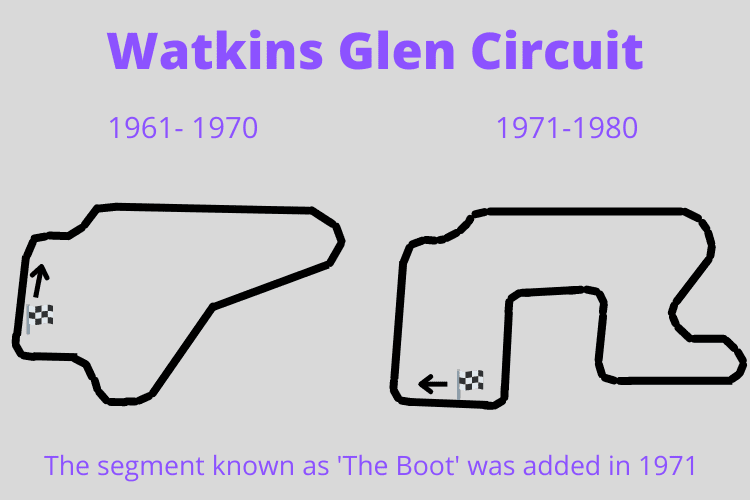
Sadly, the circuit experienced tragedy, with the deaths of French driver Francois Cevert in qualifying for the 1973 race and Austrian driver Helmuth Koinigg during the 1974 race.
Despite this, Watkins Glen remained on the calendar until 1980 when it was removed due to the track’s deterioration, but another American race was added to the calendar in 1976; the Long Beach Grand Prix held in California.
Long Beach was notorious for its walled track. It was also here that the experienced Clay Regazzoni’s 280 km/h crash ended his career and left him paralyzed from the waist down.
In 1981, the Caesars Palace GP held at the infamous Las Vegas casino’s car park was added to the calendar as the final race of the year.
There were three American races on the calendar in 1982; the Long Beach, Caesars Palace and Detroit Grands Prix, the latter of which was a street race held in the city.
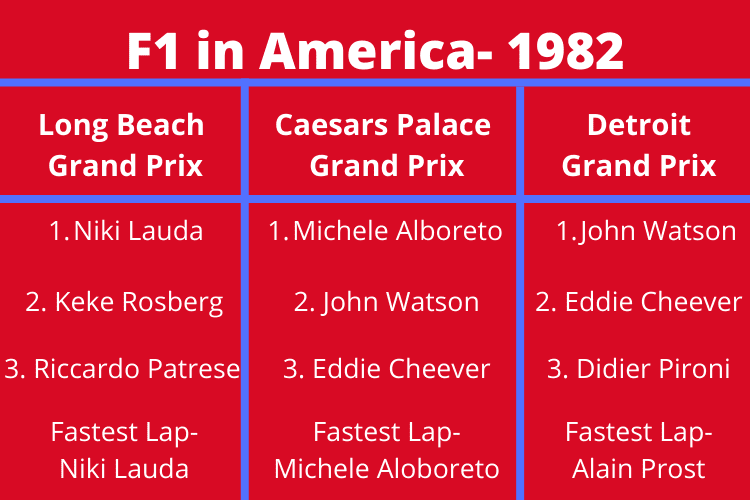
There was one American race once again by 1984 as the Caesars Palace and Long Beach races were cancelled in 1982 and 1983 respectively. The Las Vegas race has since been labelled as one of the worst F1 tracks ever.
The street race in Detroit proved a relative success, being held for seven years from 1982 to 1989 and consistently providing entertaining races such as shock wins for John Watson and Michele Alboreto.
There was one final attempt at holding two American races in one year with the Dallas Grand Prix held in the Texan city in 1984.
The race proved unsuccessful once again. It was the hottest race in F1 history, with the highest-ever recorded track temperature of 66 degrees Celsius.
In spite of the relative success of the Detroit Grand Prix, F1 moved its American race again to Phoenix, Arizona in 1989.
Three races were held there from 1989 to 1991 with Ayrton Senna winning two of them, but the circuit was criticised for its low technical difficulty and repetitive nature.
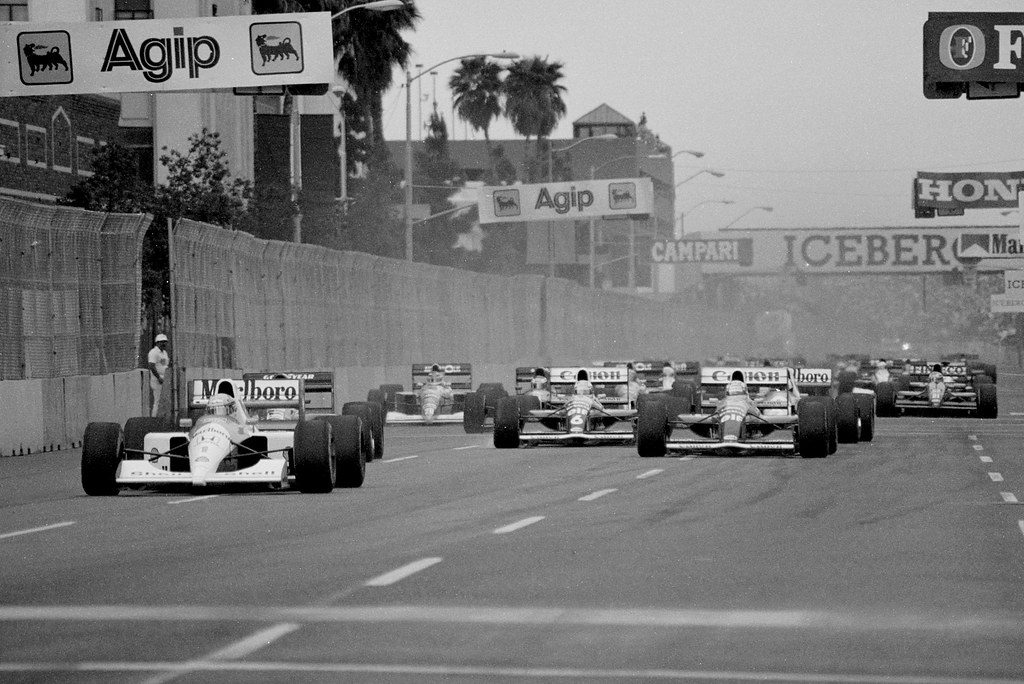
After the race was cancelled for the 1992 season due to the limitation of the Phoenix street track, Formula 1 did not race in America for nine years.
Rumours of races in Manhattan in 1992 and Las Vegas in 1995 never materialised and Indianapolis was the eventual location of the series’ return in 2000, 50 years after its appearance in the inaugural F1 season.
Ferrari dominated the first five events held, with Michael Schumacher winning three races and his teammate Rubens Barrichello winning one.
The 2005 American Grand Prix is one of the most infamous in history. Check out our full story of the infamous 2005 American Grand Prix here.
It was unclear whether Formula 1 would return but did for two more years in 2006 and 2007 before F1 and Indianapolis Motor Speedway failed to reach an agreement to race there.
What followed was another gap without an American Grand Prix until the 2012 race at the purpose-built Circuit of the Americas (COTA) in Austin, Texas.
COTA has proved a successful and popular venue and has remained on the calendar since 2012, excluding the Covid-influenced cancellation of the 2020 race.
The future of Formula 1 in America appears to be bright with the Circuit of the Americas being a consistently popular event and the addition of the Miami Grand Prix this year and Las Vegas Grand Prix in 2023.
The series must be cautious to not repeat its mistakes in America again and should look at the 1982 season as an example that quality is more important than quantity.


